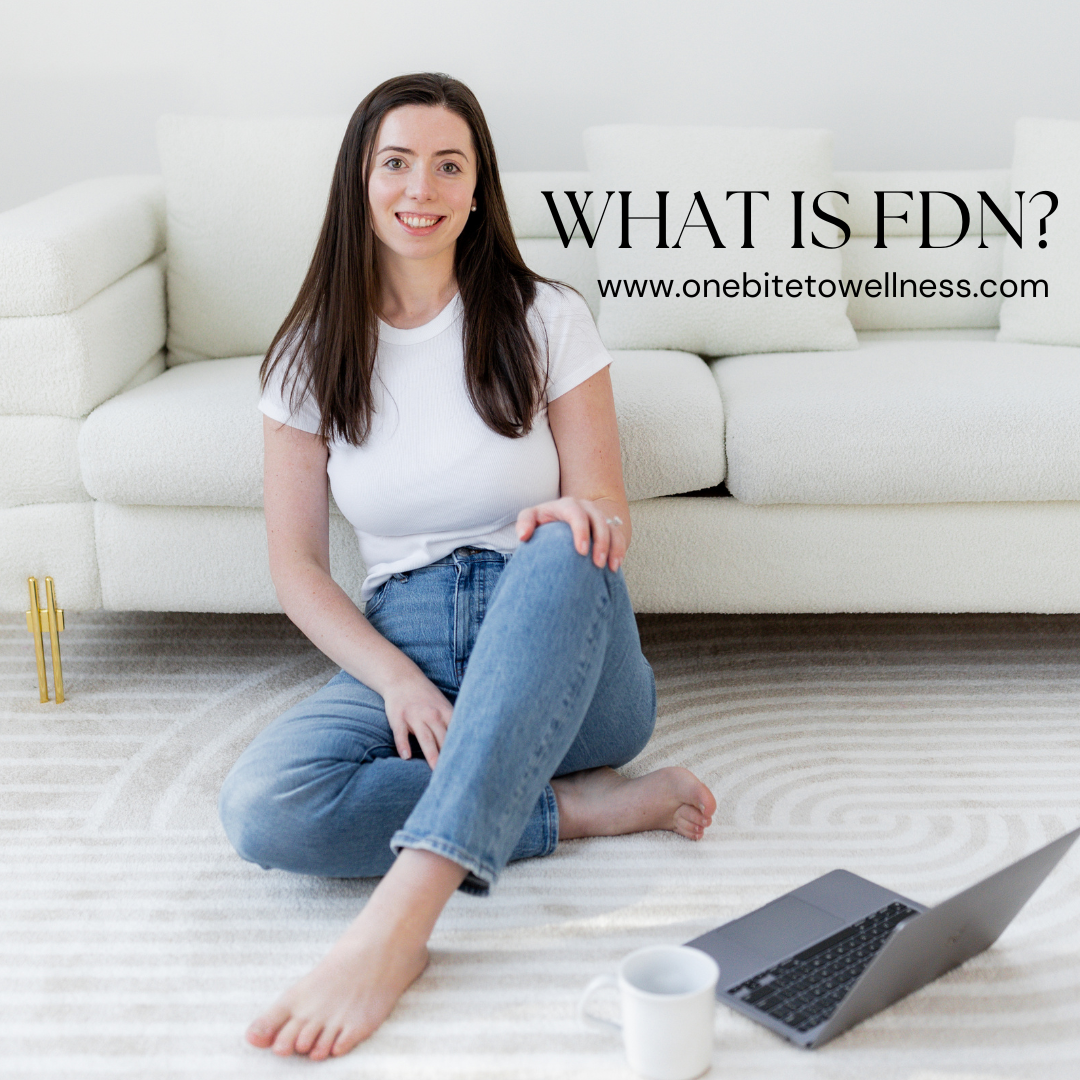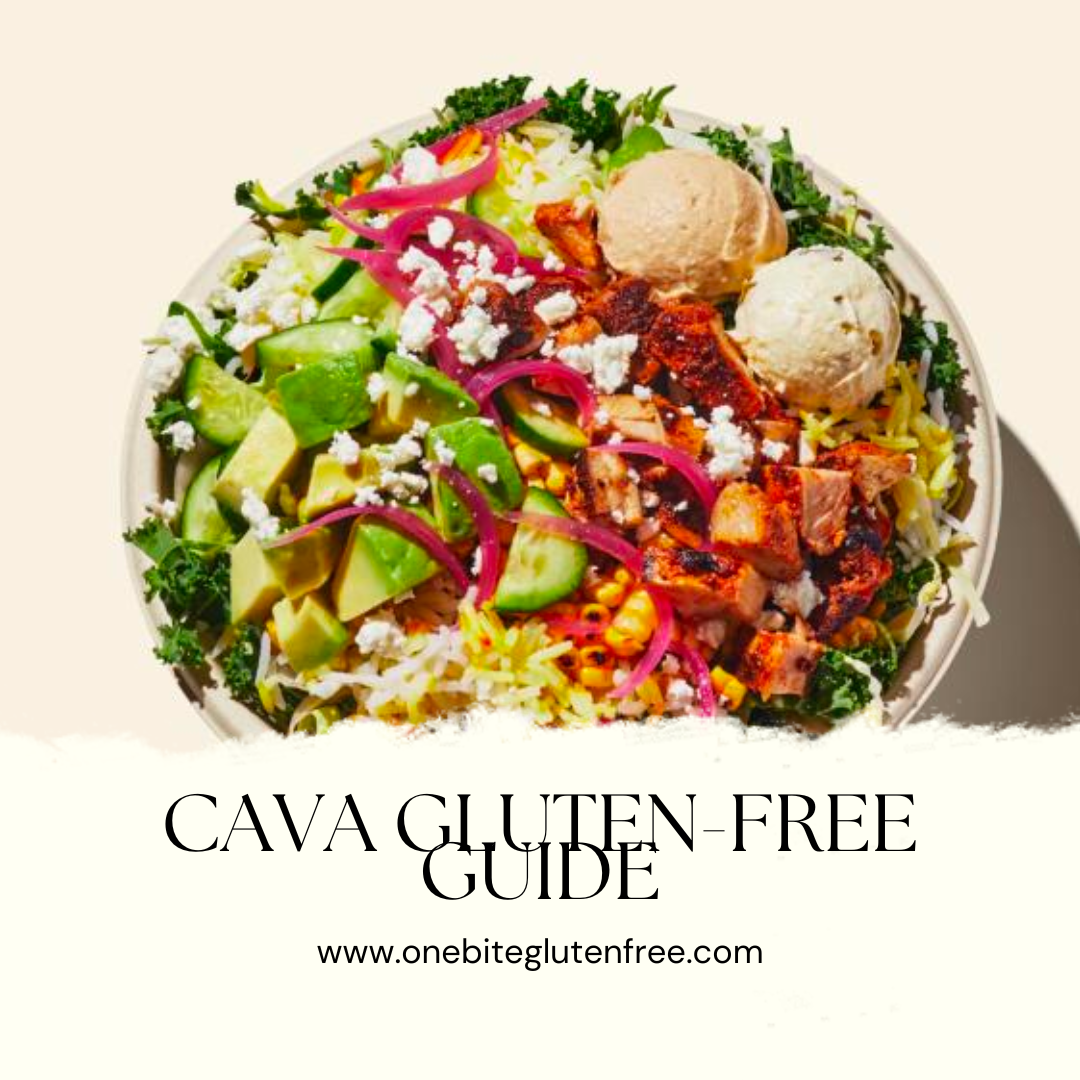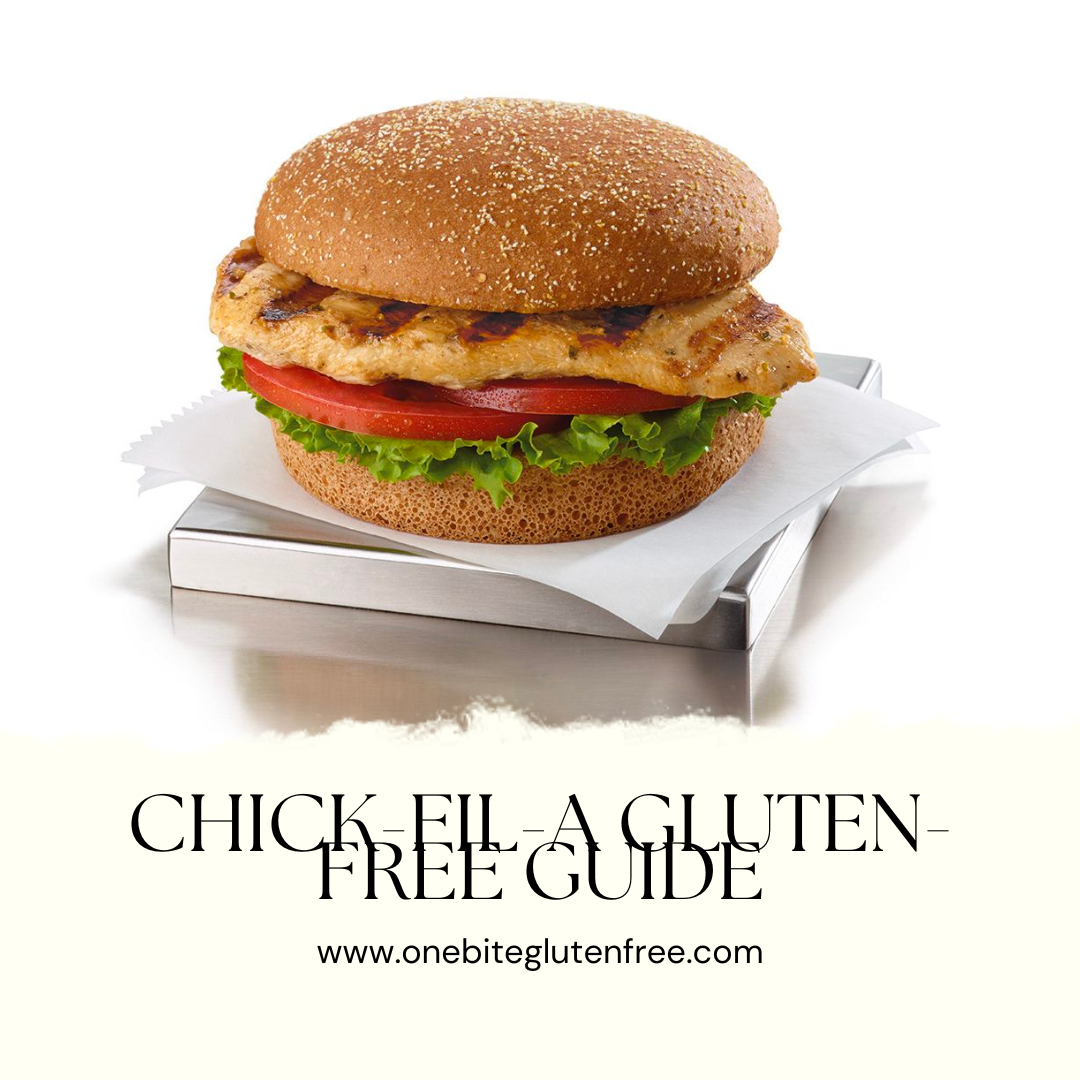When you’re just diagnosed with celiac disease, you’re likely to feel a huge range of emotions.
From relief, from finally having an answer. Anger, because it took so long. Confusion, because your life has just been turned upside down. What do I eat? Where do I start? Eating gluten-free will change your life for the better, but getting there takes work and time.
Gluten, a harmless ingredient for most, has the power over your entire body now - and it’s so hard to know where to start in terms of cleaning your kitchen to make it safe, what to buy, how to cook… it all comes in time, but here’s where you should start!
Note: Our blog posts contain affiliate links. These don’t cost you anything extra, but they allow us to continue running this site and providing free content for our readers.
Many of the products linked are from Thrive Market
- they ship all your favorite products to your door, AND they’re up to 50% off - yes, seriously, click any of the links and see how big the discounts are. You can shop by diet (we all know gluten-free isn’t always cheap…), and if you use this link you get a free trial and 25% off your first order!
Newly Diagnosed with Celiac Disease? Start here.
Get a new toaster
Yes, really! Unfortunately, there’s no way to make a toaster clean enough to be safe. For traveling and eating in other people’s homes, you can use toaster bags. However, for your own space, the best option is to buy a new toaster and start fresh.
Clean your kitchen of all gluten products
If it’s possible. Otherwise, get rid of as much gluten as you can, to reduce the risk of cross contamination. If you can’t get rid of anything - at the minimum, toss anything that can become airborne (flour, etc) and contaminate your gluten-free food through the air.
Clean every crumb
You need a fresh start, and a clean kitchen! Bleach all your counters, wipe down your cabinets (and the shelves), your fridge, microwave… gluten hides everywhere.
Invest in glass Tupperware
Or stainless! If you currently use plastic. Plastic is porous, and can hold onto any gluten its had in its life. Glass is safer for many reasons, but it’s the best option to make sure your gluten-free food stays gluten-free!
Buy new tools for your gluten-free kitchen
If your kitchen is 100% gluten-free: replace all your measuring cups/spoons, cutting board, spatula, mixing spoons, etc. These are typically plastic - and plastic is porous, can gluten yourself. Keep your gluten-free food, gluten-free :)
If your kitchen is shared: color-code all your current products using colored tape or stickers, to identify that these are to be used with gluten-containing foods (idea: use red to signify not to use it!), then buy a new set of another color (idea: green for go!), for example: a cutting board, measuring cups/spoons, spatulas, mixing spoons.
It’s an investment now, but having your own set will pay off in the long run when you are able to stay strictly gluten-free
Re-stock your pantry & buy gluten-free stickers
With all gluten-free products from Thrive Market. Stock up on oats, nuts, flours, crackers, pastas affordably and safely - without worrying about gluten-free labels or digging through ingredients! The best part is… you can sort their website by gluten-free!
Use my link
for a free trial and 25% off your order, you don’t have to let gluten-free break your budget! Re-stock your pantry safely and stay on-budget :)
If your kitchen is not 100% gluten-free, you’ll want to invest in a way to quickly identify what is and is not safe to eat. These stickers will help you with that, and make it nearly impossible to accidentally gluten yourself.
Find a couple frozen foods to keep in your freezer
Make sure they taste good! This is not ideal for the long-term, as frozen foods lack essential nutrients, but acknowledge that transitioning to a strict gluten-free lifestyle is not easy! Sometimes you’ll feel totally overwhelmed and at a loss for what to eat, and this will come in so handy.
Whether this is a frozen pizza or gluten-free mac and cheese from Trader Joe’s, having something on hand that tastes good and is there and ready when you’re completely overwhelmed by the gluten-free thing will be a lifesaver.
Surround yourself with people who are patient
You have celiac disease, your boyfriend/girlfriend/friends/family don’t. But, that doesn’t mean this doesn’t affect them. Educate them, let them try, and understand that the learning curve goes both ways, and that they don’t feel the effects of gluten. You’re not being picky or difficult, you need to be strictly gluten-free for your health.
With that said - some people may be rude about you being gluten-free. If they’re close enough to feel the effects of your sickness, they should take it seriously. Anyone who sacrifices your health for their convenience doesn’t deserve a place in your life.
Research!
Find the best gluten-free restaurants around you, the best gluten-free recipes of your favorite foods. Anything you want, you can find. There are so many dedicated gluten-free restaurants, too - the first time I went to one, I was so overwhelmed! It was so hard not to ask “is this gluten-free?” “is that gluten-free?” about everything.
If you’re in Massachusetts or Rhode Island, make a trip to Duke’s Bakery in Dartmouth - 100% gluten-free bakery, everything is amaaazing.
Relax.
There’s a learning curve (and some anxiety will always be there, it’s normal!), but soon your gluten-free lifestyle will be second-nature.
There are so many resources available to you, and I’m one! Always feel free to reach out with questions, or just to vent. It can be hard to be surrounded by people who don’t get it, no matter how supportive they are.
And - when you (or someone cooking for you) missteps, refer to my guide on what to do when you’re glutened.
Bonus Tip: Figure out your answer to “so, what happens when you eat gluten?”
Because you’ll hear it. A lot.
Explore more posts

By Annie Harriman
•
March 21, 2025
What is Functional Diagnostic Nutrition® (FDN)? Understanding How an FDNP Can Help You Feel Your Best
Functional Diagnostic Nutrition® (FDN) is a comprehensive, root-cause approach to wellness that goes beyond traditional healthcare. As a Functional Diagnostic Nutrition Practitioner (FDNP), I help you uncover hidden stressors contributing to fatigue, digestive issues, hormonal imbalances, and other chronic symptoms.
Unlike conventional medicine, which often focuses on symptom management, FDN uses functional lab testing to identify patterns and imbalances. With a personalized D.R.E.S.S. for Health Success® protocol — addressing Diet, Rest, Exercise, Stress Management, and Supplements — we can support your body’s natural ability to heal.
Whether you’re struggling with low energy, weight management, poor digestion, or just want to optimize your health, FDN offers a tailored, sustainable approach to help you feel your best.
Discover how Functional Diagnostic Nutrition® can transform your health journey.

By Annie Harriman
•
July 1, 2024
This post is updated as of June 2024, but please remember that ingredients/allergens are subject to change at any point. Always make sure to do your own research, reference Cava's allergen guide, and ask appropriate questions before ordering. Navigating dietary restrictions while eating out can be challenging, especially when it comes to gluten. As someone with celiac disease, it's essential to do thorough research and ask the right questions to ensure a safe and enjoyable dining experience. Cava, a popular Mediterranean restaurant, offers many gluten-free options, but there are important considerations to keep in mind.

By Annie Harriman
•
June 24, 2024
Navigating the world of fast food is challenging for those of us with celiac disease, but Chick-fil-A offers a variety of gluten-free options that make it easier to enjoy a meal without worrying about gluten. Here's a guide to the gluten-free offerings at Chick-fil-A, as well as some tips to ensure a safe dining experience. Please remember that ingredients/allergens are subject to change at any point. Always make sure to do your own research, reference Chick-fil-A’s allergen guide, and ask appropriate questions before ordering.

ONE BITE TO WELLNESS
Write your caption hereButton
FUNCTIONAL NUTRITION
Write your caption hereButton
HEALTH & WELLNESS
Write your caption hereButton
Subscribe to our newsletter for a FREE vitamins & minerals guide!
Email List
Thank you for subscribing! Download your free vitamins and minerals guide here.
Oops, there was an error subscribing.
Please try again!



